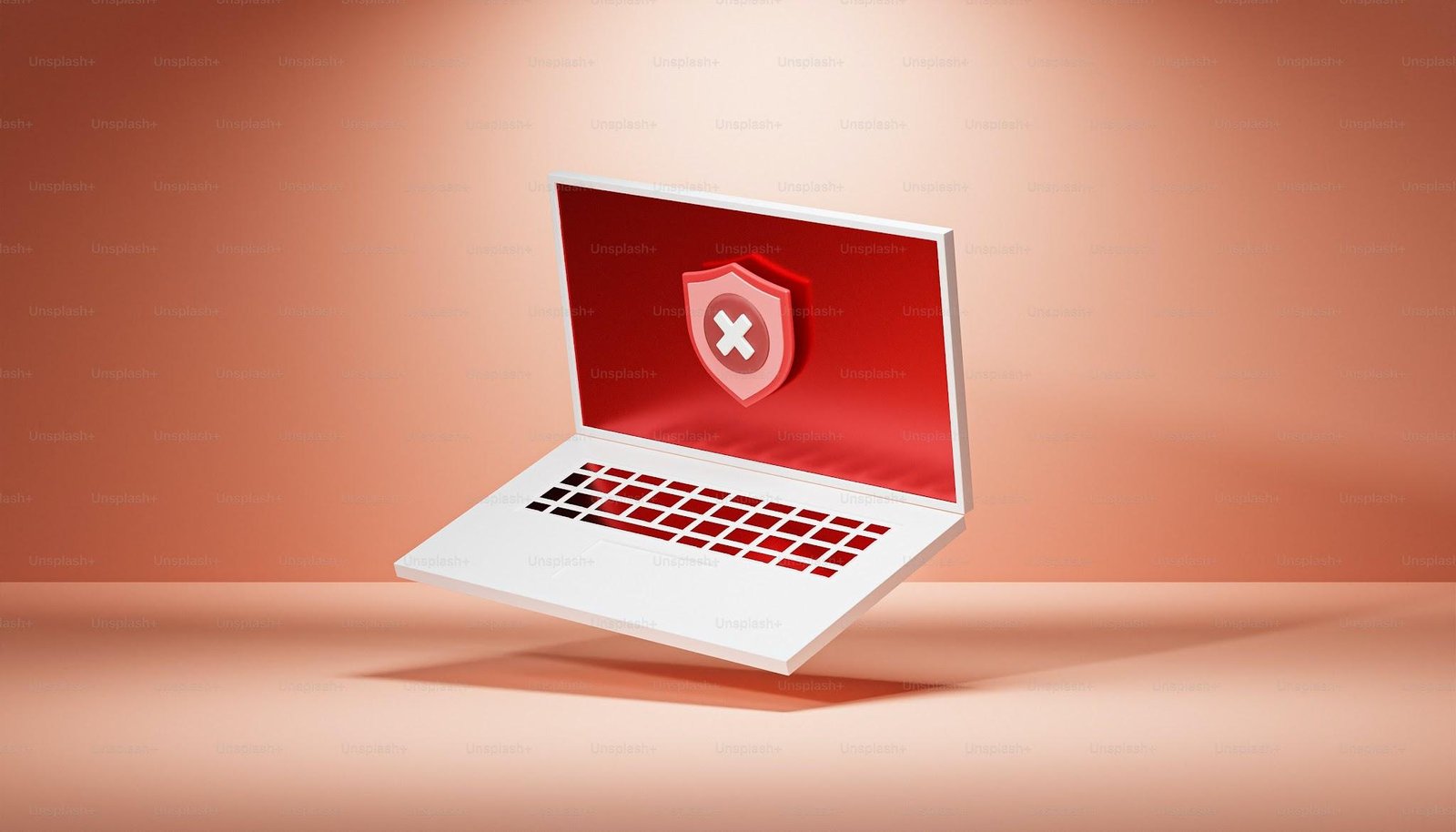In today’s interconnected world, where devices communicate continuously, the concept of IoT, or the Internet of Things, is no longer a futuristic fantasy but a concrete reality. With this reality, however, arises a pressing concern – IoT security. It has rapidly evolved into a primary focal point for both consumers and businesses, steering the narrative toward the safety and security of these connected devices.
Table of Contents
Definition of IoT Security
At its core, IoT security or internet of things security is the process and set of protocols that safeguard IoT devices from potential cyber threats. It revolves around securing the interconnected devices and the networks they form, ensuring data integrity and privacy. When you ask, “What is IoT security?” it’s essentially about guarding our smart devices, whether it’s a wearable, home thermostat, or industrial sensor, against potential breaches.
Why IoT Security is a Concern?
IoT cybersecurity concerns aren’t merely theoretical; they are tangible and pressing. With billions of devices connected, each device becomes a potential entry point for malicious actors. More connections mean a larger attack surface. Furthermore, the sensitivity of the data these devices handle, ranging from personal preferences to critical industrial data, adds value to potential breaches.
How to Address IoT Security Requirements?
Addressing IoT security requires a multifaceted approach:
- IoT Security Framework: Implementing a robust framework involves defining protocols, standards, and best practices tailored to IoT devices.
- IoT Security Assessment: Regularly evaluate the security posture of IoT devices and networks. Tools like application penetration testing services and web application penetration testing play a crucial role.
- IoT Network Security: Ensure a secure, encrypted connection between IoT devices, and make certain they operate within a trusted network.
- IoT Security Monitoring: Constant monitoring for anomalies and potential breaches helps in timely detection and mitigation.
Common IoT Security Challenges
As an increasing number of devices connect to the internet daily—from smart wearables and televisions to intelligent homes and vehicles—the IoT landscape grows immensely. Beyond consumer electronics, the realm of IoT extends into healthcare, manufacturing, logistics, sustainable farming, economic sectors, and national defense.
The expansive realm of IoT includes everything from massive containers on sea vessels to compact tracking devices for personal items. To put this growth in perspective, IEEE’s forecast for IoT technology anticipates a jump of approximately 300%, from 8.7 billion devices in 2020 to an estimated 25 billion by 2030.
With such an extensive digital landscape susceptible to threats affecting availability, consistency, and privacy, fortifying IoT security becomes paramount for enterprises aiming to shield their network infrastructures from potential dangers originating from IoT devices.
IoT security confronts a myriad of challenges, such as default or easily guessable passwords, inadequate encryption, and irregular updates. The diversity in device production and the lack of universal standards add layers of complexity. Additionally, even though services like penetration testing can pinpoint weak spots, the swift influx of new devices makes perpetual assessment daunting.
The Impacts of Neglecting IoT Security
Neglecting internet of things security and privacy can have severe ramifications:
- Financial Repercussions: The cost of breaches can be colossal, especially when sensitive data is involved.
- Reputation Damage: Consumer trust, once lost due to a security lapse, can be challenging to regain.
- Operational Disruptions: For industries, a breach can halt operations, leading to significant losses.
How to Choose the Right IoT Security Partner
With the surge in IoT devices, many companies offer protection. However, selecting the right partner is pivotal:
- Experience: Look for firms with a proven track record in IoT cybersecurity.
- Specialized Services: Ensure they provide services like IoT security testing and have partnerships with trusted penetration testing companies (check this site).
- Custom Solutions: Your chosen firm should be adaptable to your specific IoT environment.
In the grand mosaic of technological advancements, IoT shines brightly. However, without the right approach to IoT security, this shine can quickly turn into a vulnerability. It’s not just about integrating smart devices but ensuring they operate securely, respecting both functionality and user privacy. With the right strategies, tools, and partners, we can navigate the complex world of IoT with confidence and security.











